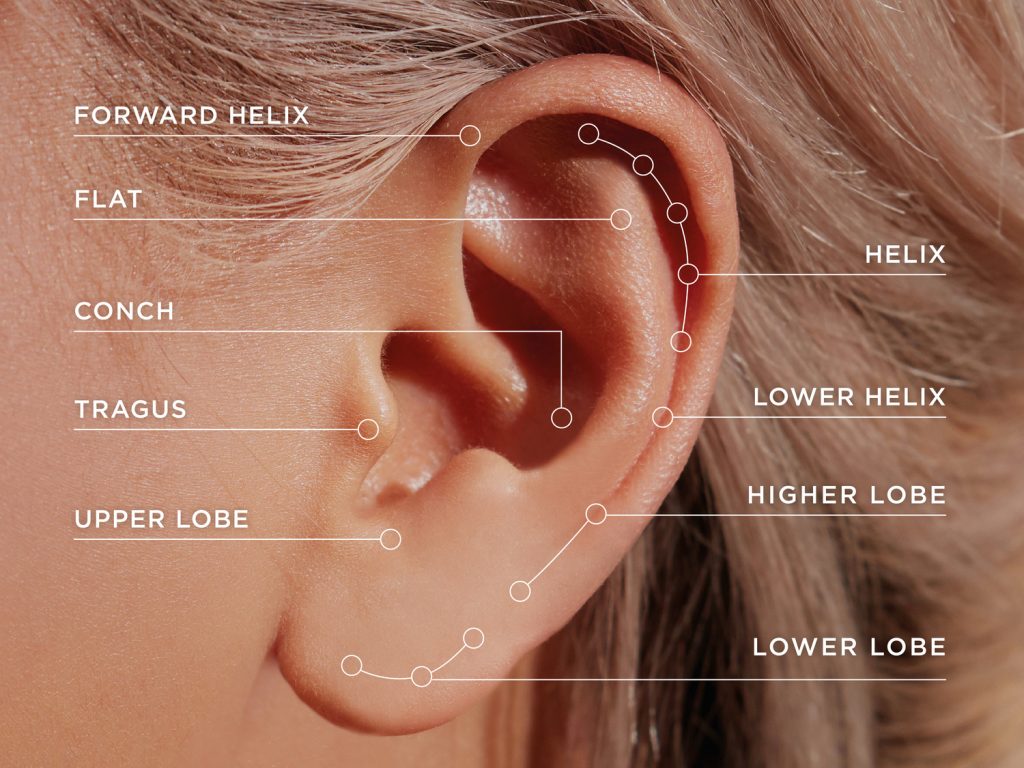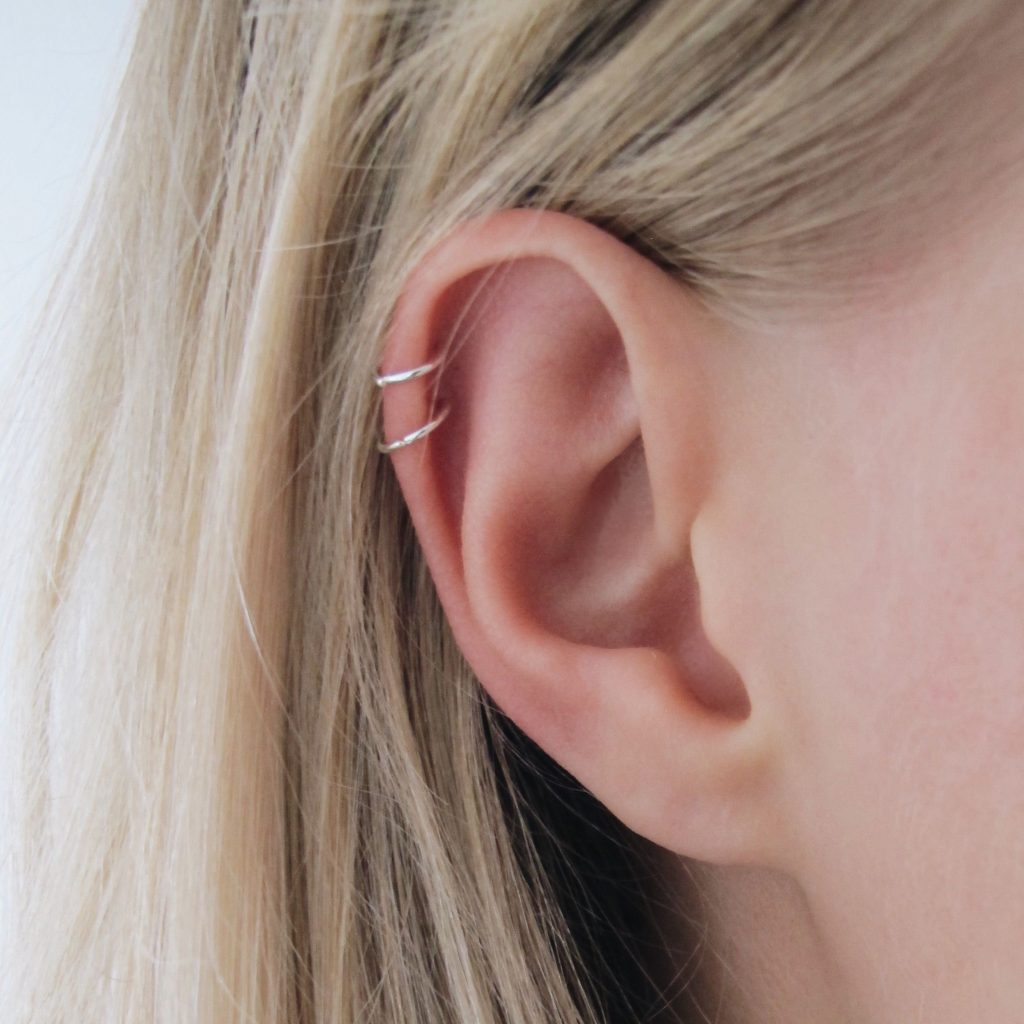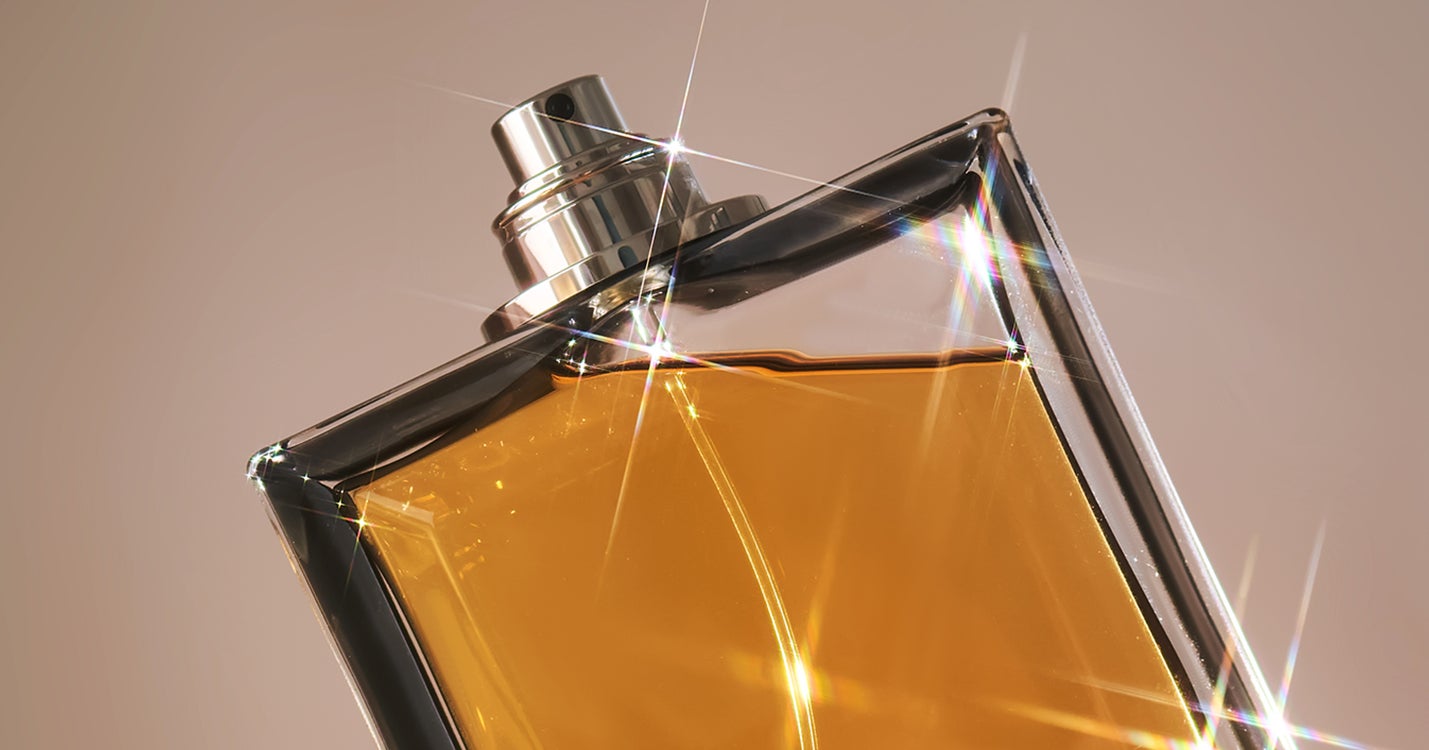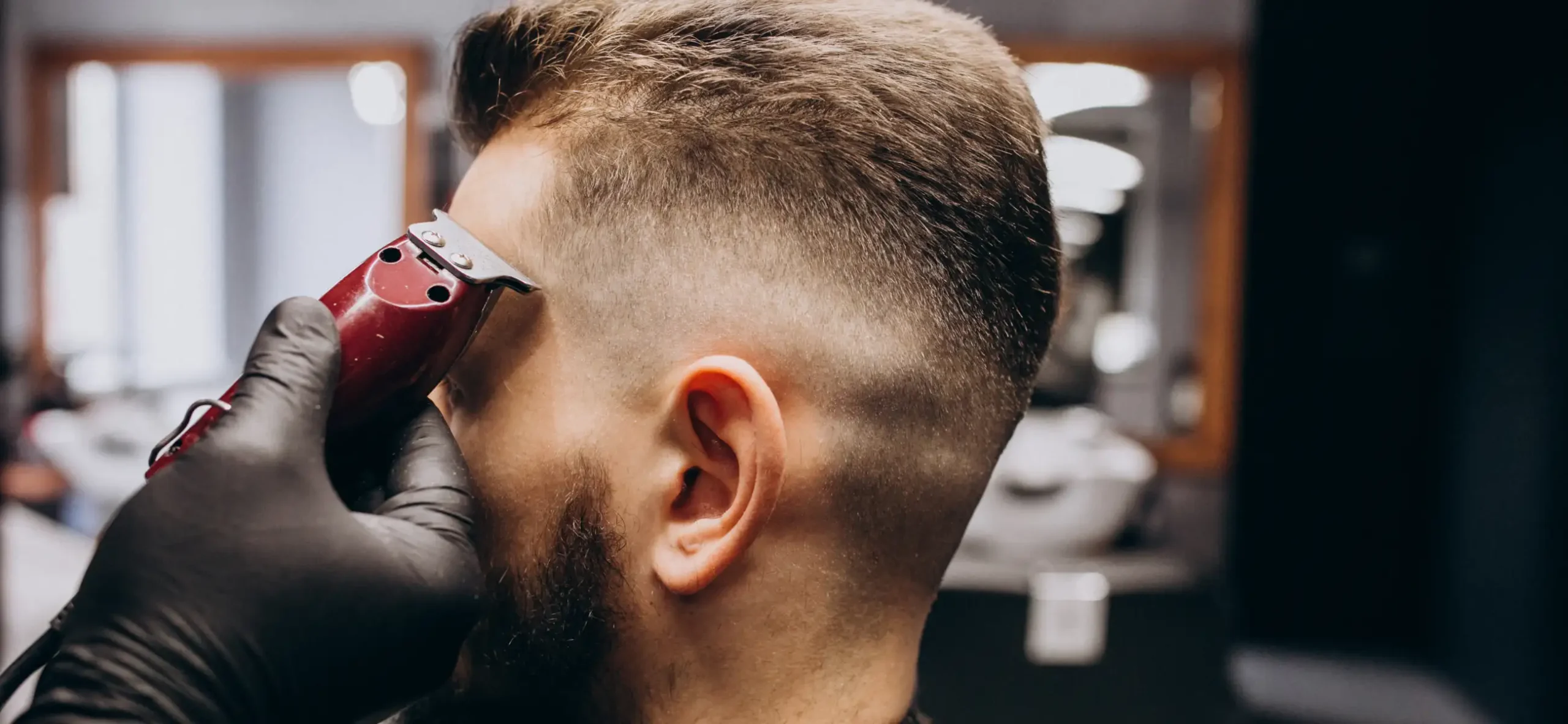You can only transition your helix piercing to a hoop after it has completely healed. This healing period typically spans three to six months for standard helix piercings.
However, variations like the forward helix or inner ear piercings may necessitate a longer healing duration of about four to nine months due to the increased sensitivity of the surrounding skin. Attempting to switch to a hoop before the healing process is finished can lead to complications and hinder proper healing.
It’s important to adhere to thorough aftercare practices during this period. Once there is no lingering pain, redness, or discharge, and the piercing feels comfortable, consulting a professional piercer can provide valuable guidance on the optimal time and suitable hoop jewelry choices.
Do helix piercings heal better with a hoop?
Helix piercings tend to heal more effectively when initially pierced with a stud. This approach minimizes movement and friction, aiding the healing process. Keeping a stud in place for the first three to six months is recommended, allowing the piercing to stabilize and reduce the risk of irritation.
After this initial healing period, transitioning to a hoop can be considered. However, individual healing times can range from several months to a year. Maintaining proper aftercare is crucial for optimal healing regardless of the jewelry type.
Seeking guidance from a professional piercer can offer personalized insights into the best approach for your piercing journey.
What Happens if I Change My Helix Too Early?

Changing your helix piercing too early can lead to several adverse consequences due to the ongoing healing process. Here’s what you might encounter if you rush the jewelry change:
1. Infection Risk
In the initial 3-6 months of healing, your helix piercing has heightened susceptibility to infection. Changing jewelry prematurely can introduce harmful bacteria, significantly increasing the risk of infection. Following the recommended healing period helps safeguard against these risks and ensures proper healing.
2. Irritation and Inflammation
Delicate healing tissue around your helix piercing is particularly susceptible to irritation. Making jewelry changes too soon (within 3-6 months) can spark inflammation, impeding the natural healing. Adhering to the advised healing period minimizes risks and supports optimal healing outcomes.
3. Closure and Migration
Within the first 3-6 months, your piercing may start closing in just hours. Premature jewelry changes threaten partial or complete closure and may cause the piercing to shift. Sticking to the recommended healing timeframe prevents these complications and ensures piercing stability.
4. Scarring
Premature changes to your helix-piercing jewelry can result in scarring within the developing tissue. This scarring can affect the visual appeal of the piercing once it’s fully healed. Adhering to the designated 3-6 month healing period helps mitigate scarring risks and maintains the piercing’s aesthetic integrity.
5. Restarting healing
Premature changes risk infection, closure, and restarting of the 3-6 month healing process. Adhere to the timeline to prevent setbacks, ensuring a successful and hassle-free piercing experience.
How Do I Know If My Piercing Is Healed?
As you eagerly consider changing your helix piercing jewelry, it’s crucial to determine whether it has fully healed within the broad 3-6 month timeframe. This period may feel extensive, but it’s essential for your piercing’s long-term health and appearance. To ascertain if your helix piercing is ready for a change, observe the following signs:
1. Lack of Sensitivity
When gently touched, a healed helix piercing will exhibit minimal to no tenderness, soreness, or pain. The discomfort you may have experienced during the initial healing phase should be notably diminished or absent.
2. Reduced Redness and Swelling
Over time, the area surrounding the piercing should show a marked reduction in redness and swelling. These are common signs of inflammation that tend to subside as healing progresses.
3. Absence of Crust or Scabs
When a helix piercing is fully healed, you should no longer observe the presence of crust or scab formation around the pierced area. These formations are part of the body’s natural healing response and tend to vanish as the healing process concludes.
4. Consistent Discharge
Healed piercings usually do not exhibit any discharge or secretions. The piercing might not be fully healed if you notice any pus-like or cloudy discharge.
5. Comfortable Sleeping
If you can sleep on the pierced side without discomfort or pain, it’s a positive sign that the piercing is well on its way to being fully healed.
6. Stable Jewelry
If the jewelry in your helix piercing remains in place and doesn’t shift or move easily, it indicates that the fistula (healed channel) has formed adequately.
How to Change Out a Helix Piercing

Changing a helix piercing requires care to avoid complications. Follow these steps:
- Allow 3-6 months for proper healing before changing jewelry.
- Wash hands thoroughly to avoid introducing germs.
- Pick a sterilized hoop or stud of the correct size and style.
- Use saline solution or piercing spray to clean the area gently.
- Apply water-based lubricant to the new jewelry for easier insertion.
- Unscrew the ball for studs or gently open hoops.
- Align and insert carefully, following the helix’s natural curve.
- Fasten the ball or close the hoop securely.
- After changing, clean the area with saline solution.
- Watch for any signs of irritation or infection in the following days.
How do you clean a helix piercing?
To clean a helix piercing, follow these steps:
- Wash your hands thoroughly.
- Create a saline solution (1/4 teaspoon of non-iodized salt dissolved in a cup of warm distilled water).
- Soak a cotton ball or pad in the solution.
- Gently clean around the piercing, removing any debris.
- Do this 2-3 times a day.
- Avoid rotating the jewelry excessively.
- Pat the area dry with a clean, disposable paper towel.
- Avoid using harsh cleansers or alcohol.
- Consult a professional if you notice any signs of infection or discomfort.
FAQs
How Do I Prepare for My First Helix Piercing?
Before your first helix piercing:
- Research reputable piercing studios.
- Eat a meal and stay hydrated.
- Choose comfortable clothing.
- Bring a friend for support if desired.
- Avoid alcohol and aspirin.
- Be ready to discuss placement and jewelry with the piercer.
- Relax and stay calm during the procedure.
How do you sleep with a helix piercing?
To sleep with a helix piercing:
- Use a travel pillow or pillow with a hole for reduced pressure.
- If feasible, sleep on the opposite side, and keep hair away to prevent tangling.
- Choose clean bedding to avoid infection.
- Adjust positions gently to prevent irritation and promote healing.
How long after a helix piercing can I swim?
Avoid swimming for about a month after a helix piercing, similar to tattoo care. While saline solution may remind you of seawater, it’s not ideal for fresh piercings. Seawater can introduce harmful bacteria. Wait until the piercing heals fully to ensure safe swimming and prevent infections.
What is the hardest ear piercing to heal?
The tragus and antitragus piercings are known to be challenging and hardest ear piercing due to their thicker cartilage. The process can be more painful and lengthy compared to other ear piercings. Activities like using earbuds might need to be avoided for around two months. Healing duration typically ranges from 3 to 9 months.
What is normal after helix piercing?
After getting a helix piercing, you might initially experience mild pain, bleeding, and redness. Subsequently, itching and the appearance of a clear whitish-yellow crust around the piercing or jewelry can occur. This isn’t pus; it’s your skin’s healing process. Expect this for a few weeks before it subsides.
Final verdict
Navigating the helix piercing journey requires diligence and awareness. Transitioning to a hoop should only occur after a thorough healing period of 3-6 months.
Beginning with studs enhances healing due to reduced movement. Rushing into changes invites infection, closure, scarring, or restarting the healing process.
Recognizing the signs of healing completion is pivotal. Seeking guidance from a professional piercer and following recommended cleaning routines are essential for a successful outcome.
Sleep and swimming precautions further contribute to a comfortable experience. You can ensure a safe, beautiful, and well-healed helix piercing by embracing each facet.










